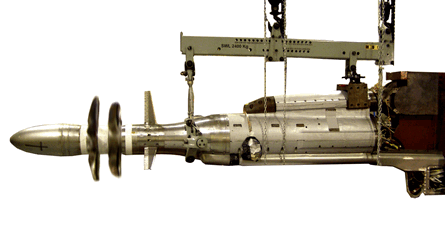Rolls-Royce is studying an advanced three-shaft engine that could rival the CFM International Leap-X and Pratt & Whitney PW1000G geared turbofan in the battle to power future narrowbody airliner families from Airbus and Boeing.
The RB285 is being evaluated as a future offering alongside the twin-spool RB282, selected for Dassault Aviation's SMS super mid-sized business jet and due to have its first run in June 2009.
The RB282 and RB285 would form the basis of the UK manufacturer's "Option 15-20" offering if the airframers reject open rotor concepts in favour of advanced turbofans providing a 15-20% efficiency improvement, says R-R marketing manager Simon Littlejohns. Alternatively, the pair could serve as the respective cores for two- or three-shaft "Option 30" open rotor solutions, he adds.
 |
|---|
© Rolls-Royce |
R-R believes that as an advanced turbofan the three-shaft RB285 would deliver the same efficiency benefits as P&W's GTF, without the need for a reduction gearbox to decouple the fan. It could also be idled at a lower thrust setting by adopting the Trent 1000's intermediate pressure-spool offtake for the accessory gearbox.
Airbus and Boeing have indicated they could refresh their existing Airbus A320 and Boeing 737 lines by adopting a latest technology engine such as the GTF, and the European manufacturer is about to launch flight tests of the latter using an A340-600.
Littlejohns says R-R aims to retain the flexibility to switch between a two- or three-shaft turbofan or open rotor solution for as long as possible, enabling it to provide the most competitive engine in terms of lifecycle cost in the face of fluctuating fuel prices.
A three-shaft architecture promises low specific fuel consumption (SFC) and relatively cool operating temperatures, but would be "complex" for the 150-seat thrust class, Colin Smith, R-R's director of engineering and technology said at a pre-Farnborough air show briefing in June.
A two-shaft solution means lower-cost design and the option of a booster configuration, while open rotor promises a "game-changing" SFC improvement but requires a high-speed gearbox and innovative blade design to limit noise, said Smith.
"The two-shaft engine can be very, very efficient but not quite as efficient, we think, as a three-shaft engine, which is probably a lower SFC, but probably a higher-cost alternative."
The RB285 would incorporate technology developed as part of the UK's Environmentally Friendly Engine project, and R-R is also leading work on a geared open rotor demonstrator within the European Union's Clean Sky joint technology initiative.
Source: Flight International























